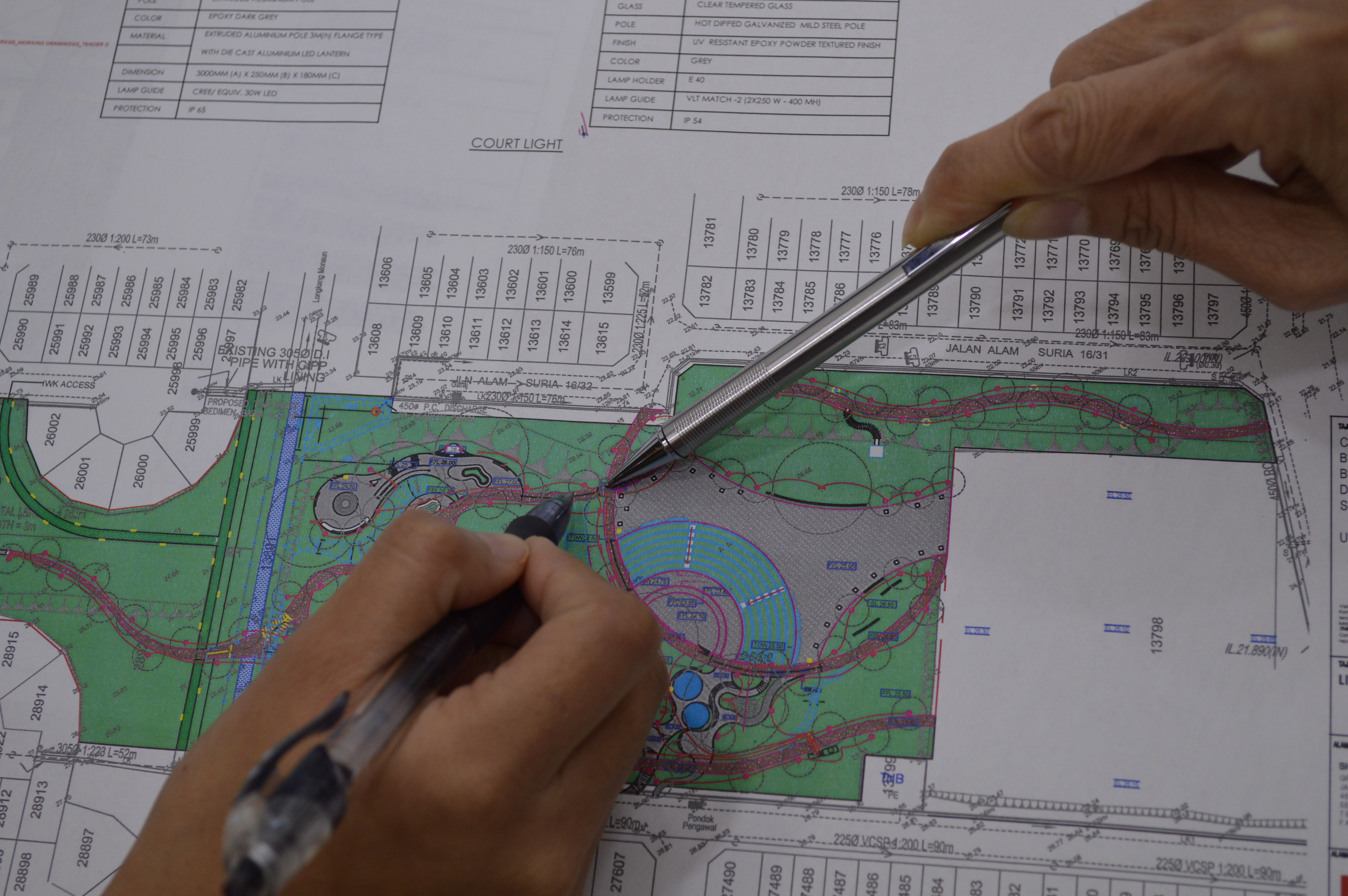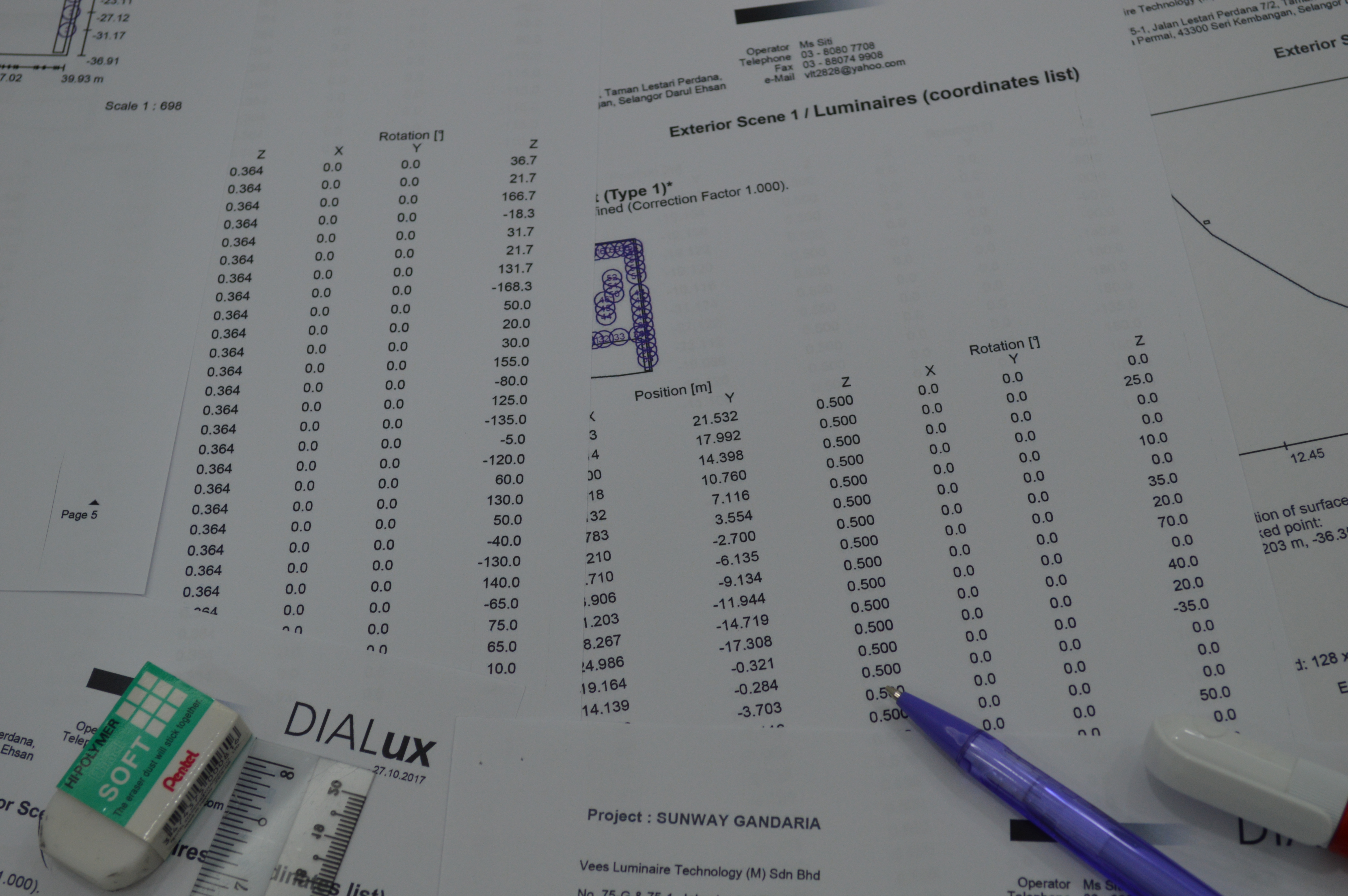Excellent by Design

Light has the power to directly and deeply impact experience. Light is an integral part of architecture whose external structure, building elements and materials place great demands on light. Some of these demands can be met by daylight, others can only be fulfilled with artificial light. Light critically influences atmosphere, enjoyment, health and productivity. We understand the power of light, and thoughtfully consider lighting opportunities and their influence through the design process.





